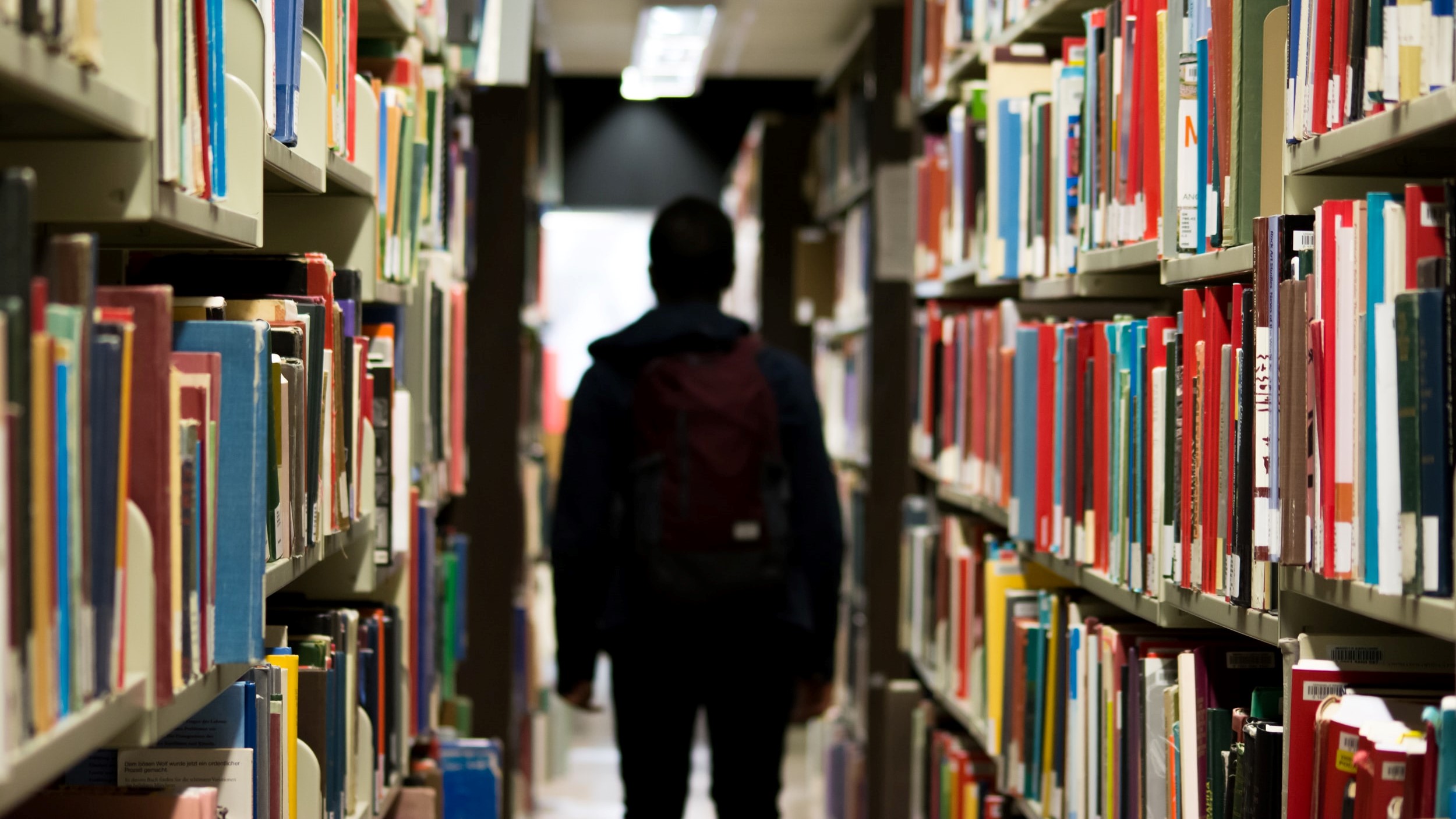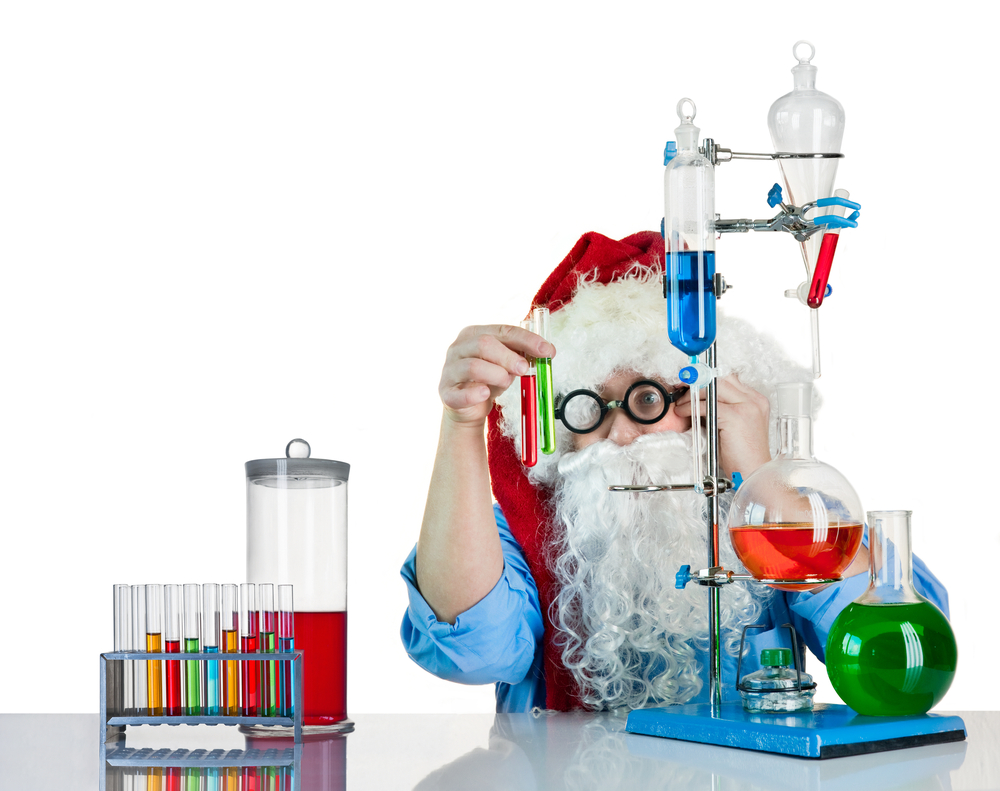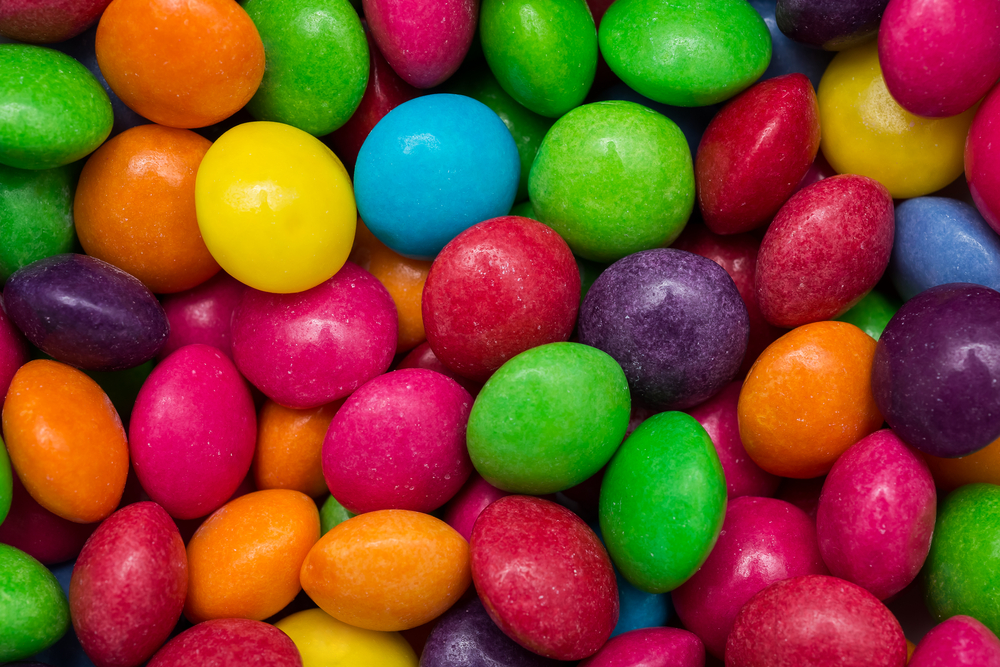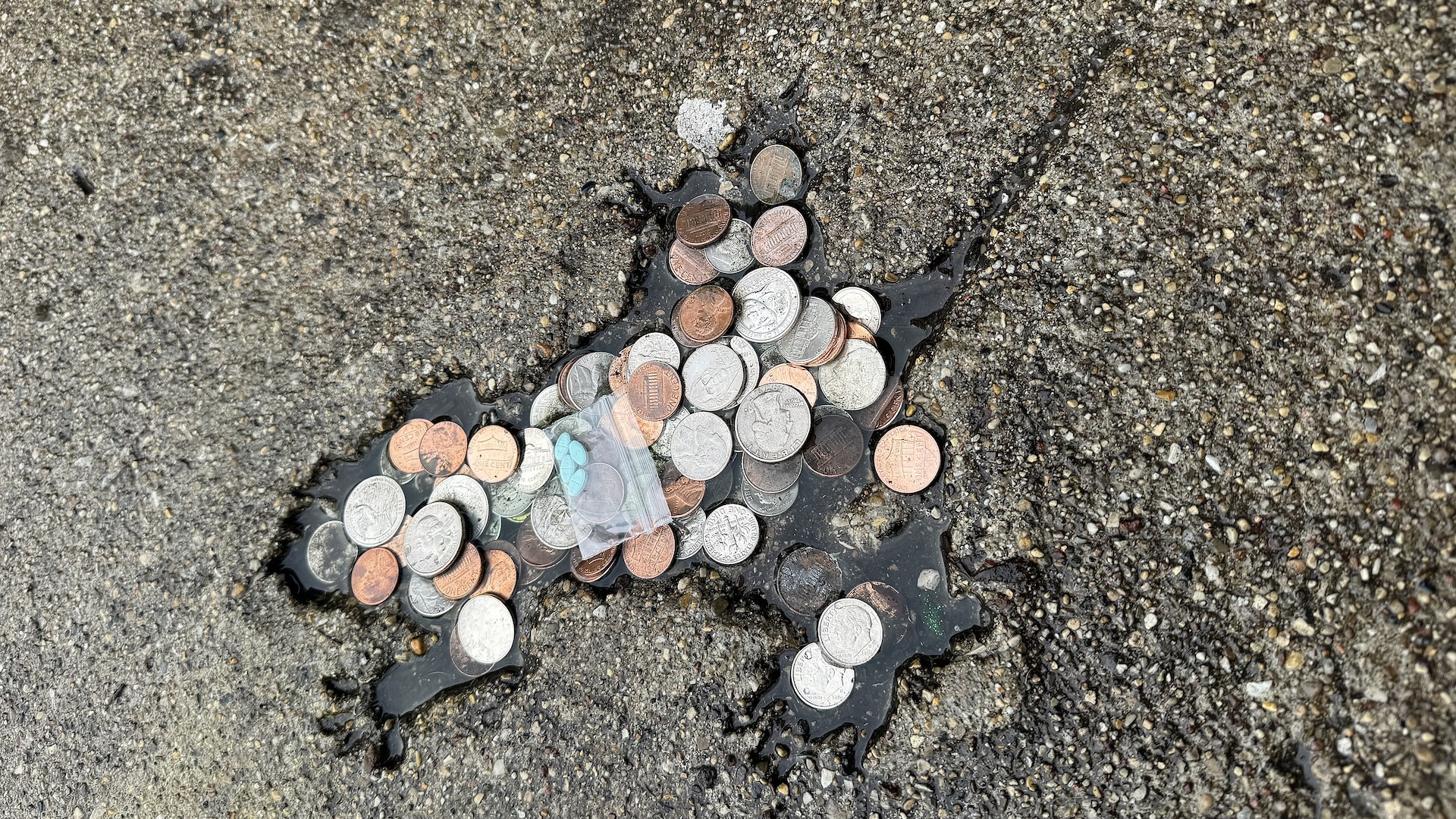Experiments for Kids

Kids are born scientists, curious about the world around them and how it all fits together. And science experiments are great ways for children to explore the world, learn about the scientific method and just have fun. From Dr. Seuss' recipe for oobleck and a coat-hanger radio to summer concoctions to learn about buoyancy, science experiment ideas are boundless. With news, features and reference pages, we will provide tips for how to conduct science experiments with kids, definitions of the scientific method and other required lingo, wacky experiments for you to try at home and ways to explain science to kids.
Latest about experiments for kids

The #PeepYourScience contest wants to see your sugary scientific dioramas
By Nicoletta Lanese published
You can submit your own marshmallowy diorama between Feb. 15 and March 21.
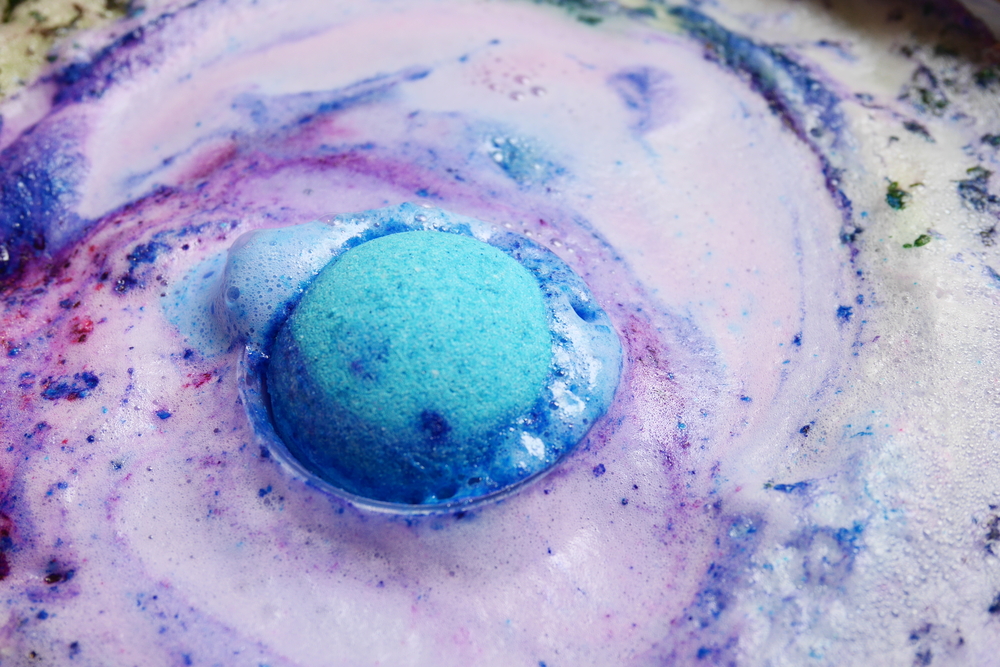
The Science of Bath Bombs (and How to Make Them)
By Karen Rowan published
Here's the science behind that satisfying fizz of a bath bomb, plus, how to make your own at home.
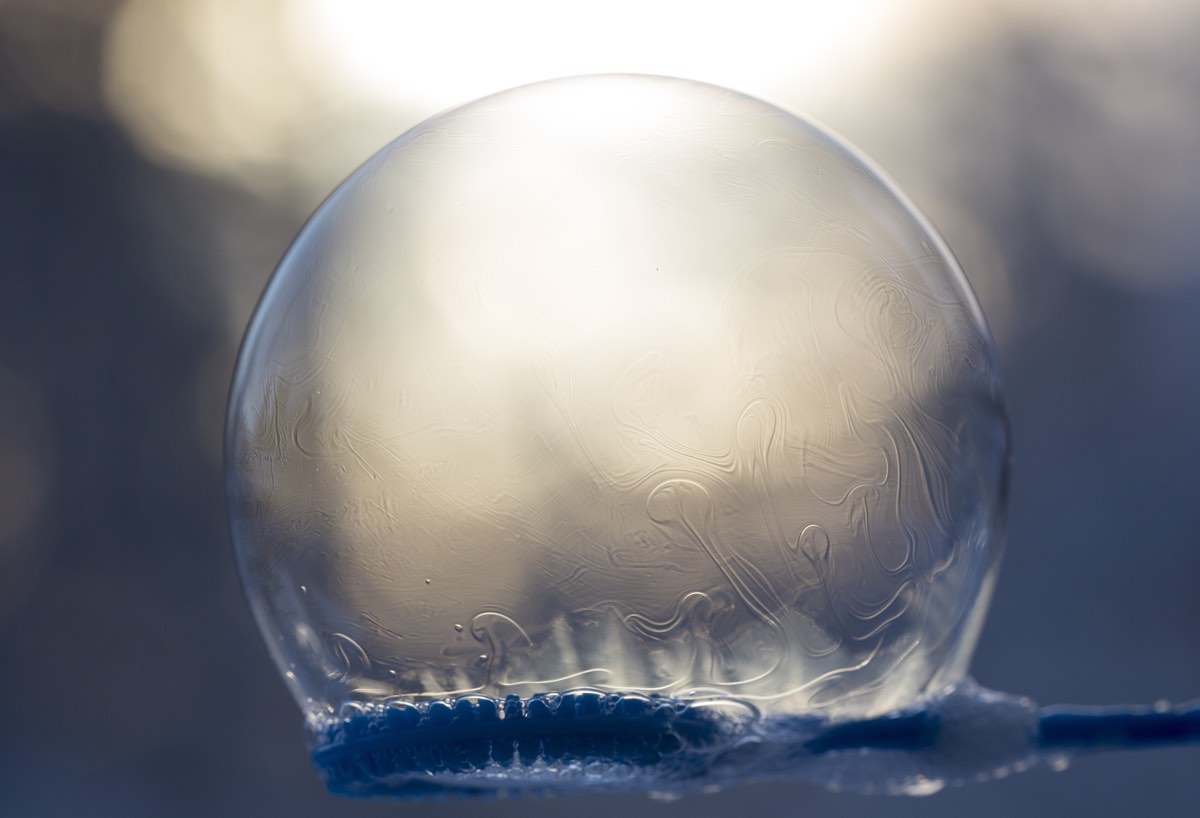
Frozen Family Fun: Try These Cold-Weather Science Experiments
By Andrea Thompson published
Stuck indoors while the Polar Vortex sends temperatures plummeting? Try these science experiments that are perfect for the frigid weather.
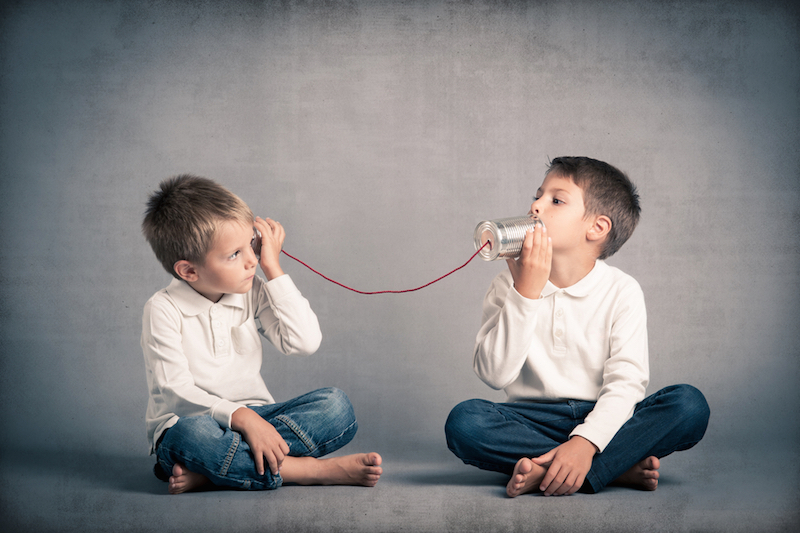
Alan Alda's Challenge: Can you Explain Sound to an 11-Year-Old?
By Laura Geggel published
Scientists, it's time to lend your ears (and your knowledge) to this year's big science competition: Explaining the science of sound to 11-year-olds.
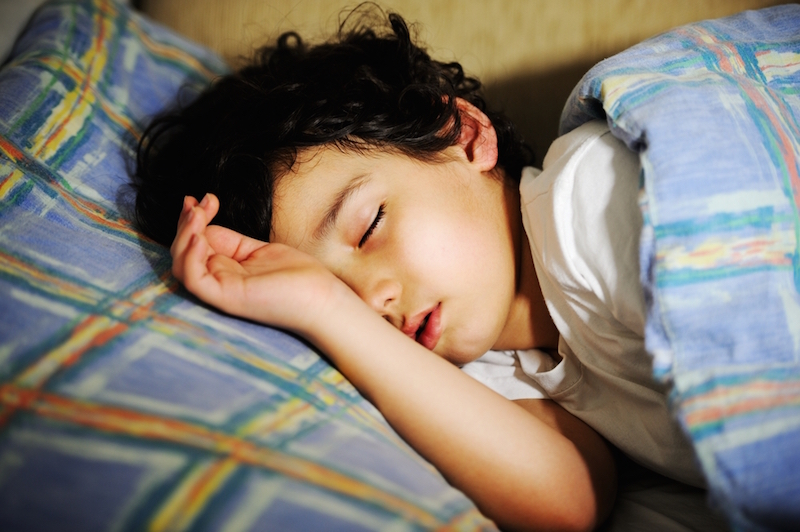
What Is Sleep? Contest Winners Explain Science of Zzzz's
By Laura Geggel published
Five months ago, actor Alan Alda joined 11-year-olds around the world in asking scientists a seemingly simple question: What is sleep?
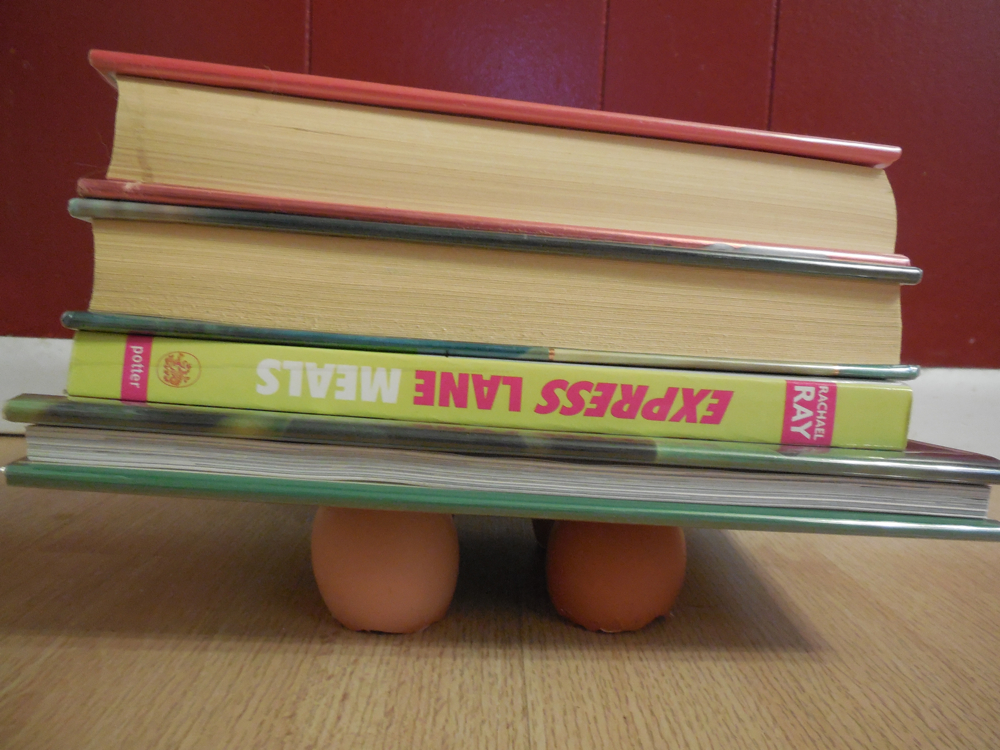
Easter Egg Science Experiments | Science Projects for Kids
By Mary Bagley published
Did you know that Easter eggs are wonderful materials for fun science projects? Try some of these eggs-periments and find out how interesting your eggs can be!
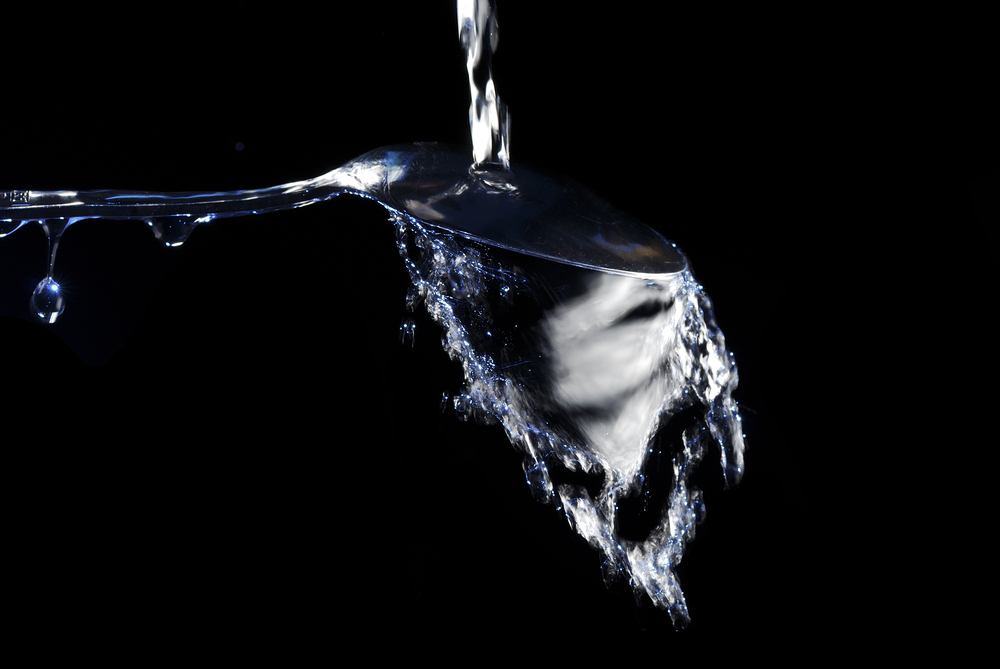
Fluids in Motion | Fun Science Experiments
By Mary Bagley published
Here are some fun ways to demonstrate principles of fluid dynamics.
Get the world’s most fascinating discoveries delivered straight to your inbox.
